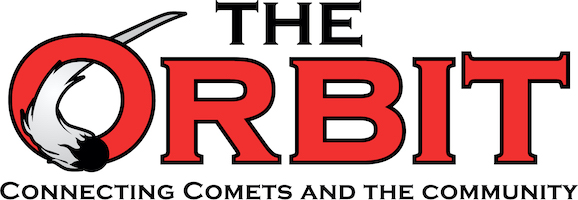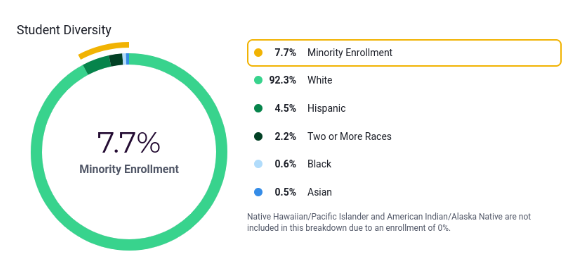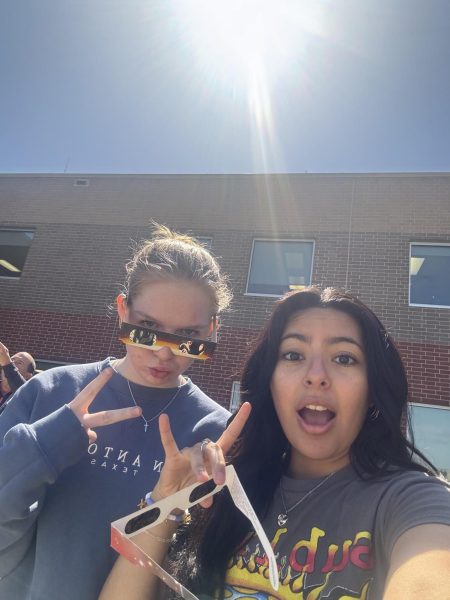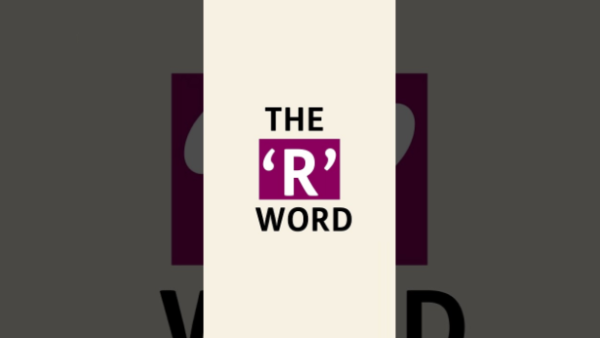A Brief History of Banned and Challenged Books
A deeper dive into the infamous banned and challenged books list
April 30, 2021
What are banned books? According to an article by Susan L. Webb published on the subject, “Book banning, a form of censorship occurs when private individuals, government officials, or organizations remove books from libraries, school reading lists, or bookstore shelves because they object to their content, ideas, or themes”. English teacher Susan Vernon gave popular examples of banned books that you may have heard of.
Book banning, a form of censorship, occurs when private individuals, government officials, or organizations remove books from libraries, school reading lists, or bookstore shelves because they object to their content, ideas, or themes.
“Most of the books taught in Iowa classrooms are banned somewhere,” Vernon said. “The Great Gatsby, To Kill a Mockingbird, Of Mice and Men, The Catcher in the Rye, 1984, Lord of the Flies, The Hate U Give. Even Lord of the Rings is banned in some places. There was a community book burning of that popular series in the early 2000s.”
Many of these books, as previously mentioned, are still being used in classroom curriculums here in Iowa, whereas they are banned in some other parts of the United States. But what guidelines are put in place when banning these books from school libraries?
“Well, some schools have policies designed to vett the books teachers use, but more often books are banned without policies in place,” Vernon described. “Books are banned because someone somewhere – often someone who did not read the entire book – decided a book was offensive and rallied the support of others.”
While there aren’t set policies for a book’s banning, there are groups of people who can petition or challenge the book for a number of reasons. Oftentimes parents are the ones who challenge a book, but there are several other groups who have challenged books, and continue to do so.
“Sometimes parents – and here I have to concede that I believe firmly that a parent is a child’s most important teacher. I try hard to respect the wishes of parents and students. But too often in other communities, parents’ apprehension about books is not grounded in a reading of the book or an understanding of the realities of their teenagers’ lives,” Vernon expressed. “I know I tend to see my own teenagers as the young children they once were. Sometimes communities rally against books, sometimes school boards, sometimes politicians – that group is growing.”
In more recent years, books have been getting challenged left and right. Unsurprisingly however, there are some classics that have been banned for decades in places across the country.
“There are many classic books on the list [of banned books],” Vernon said. “The Grapes of Wrath by John Steinbeck has been banned in some places since the 1930s. The Great Gatsby since the 1920s. To Kill a Mockingbird since 1960. Most classics are banned somewhere.”
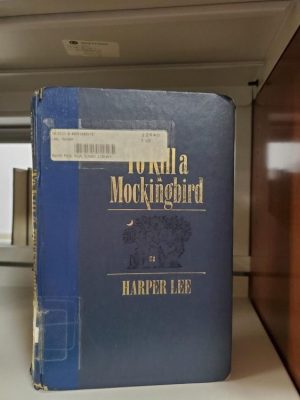
Though these classics are banned in some places across the nation, the places where they aren’t banned still use them when teaching high school students about prominent and influential literature. But why?
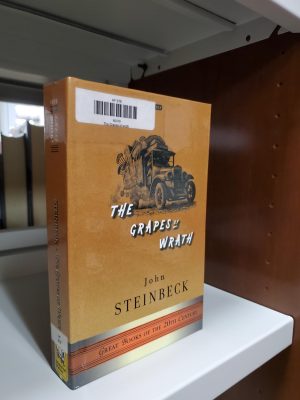
“Often books are banned locally or regionally in places where the prevailing values don’t align with the overall mission of literature to express new ideas or encourage readers to examine new perspectives. As high school teachers, it is our job to help students to encounter new ideas and grapple with different perspectives in a safe space. The value of literature is what it teaches about humanity and our place in the world, but if we only read authors who are like us or with whom we already agree, we are not maximizing that value. I will always respect a student’s or parent’s desire not to have a student read a book they personally object to, but as a teacher it is my job to provide students with ideas and perspectives that make them think, unless they or their parents tell me otherwise,” Vernon voiced. “The biggest reason these books are still taught is because they are relevant and normally include ideas some communities find objectionable, but our community does not object to. In other words, just because the culture of another community does not support a book or author, doesn’t mean our community doesn’t.”
Classics are not the only books being challenged or banned in school districts, especially today. Many books that talk about modern struggles are being banned under the guise of not wanting a child exposed to its content. The question many are asking is if banning books takes away from their intended purpose in learning about literature through time.
“If literature is to teach us new perspectives and help us understand our world, limiting the voices we hear from has a powerful effect.
— Susan Vernon
“If literature is to teach us new perspectives and help us understand our world, limiting the voices we hear from has a powerful effect. There is a trend towards more book challenges right now. In our starkly divided political and social landscape it is no surprise that people are eschewing literature with divergent perspectives,” Vernon explained. “Books with LGBTQ characters are topping the list of challenged books right now, but on the flip-side, books that present historically accurate content that might be offensive in today’s world are also being challenged – books like Huckleberry Finn and To Kill A Mockingbird for instance.”
These books, whether they are considered classics or are newly published, their banning in certain communities comes with a price to pay – the overall loss of what they have to give the reader, whether that be a book they relate to, or a way to look back in time and reflect on past mistakes.
“Sometimes books that are banned were books that created an inclusive environment for kids – a place where a student was able to see him/herself in a text, sometimes for the first time. Sometimes they are books that encourage new ideas,” Vernon said. “Sometimes they are books that shed a light on the dark parts of our history. Generally, their impact on students is powerful and their loss is powerfully felt.”
For whatever reason books are challenged or banned, it’s become more and more evident that this trend of banning will not stop soon. It’s important to give students appropriate content that will help them further their learning, but many newer books with new perspectives are being banned without much thought.
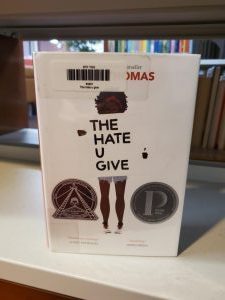
“[When finding a reason to challenge a book], it depends on the book. Sometimes books contain ideas a community isn’t ready for. Sometimes they are withheld from young people by parents attempting to protect their innocence,” Vernon explained. “I am not a hard core flag waver for just putting any book into a student’s hands, but I fear trends towards book banning or book removal from schools and libraries. I fear it because every book is an idea; every book is a voice. Too often the ideas we shut down are the ones we most need to hear, and the voices we silence in book banning are the voices we silence in other aspects of society.”
With the ever-growing list of banned books, there is no doubt that many students are losing the opportunity to expand their learning. However, it should be said that a plethora of books on this list are banned for good reason, whether that be vulgarity or deeply disturbing content. The list will inevitably continue to grow, and it is up to the reader whether or not they go out of their way to read a banned book and understand why it was banned or is banned.
